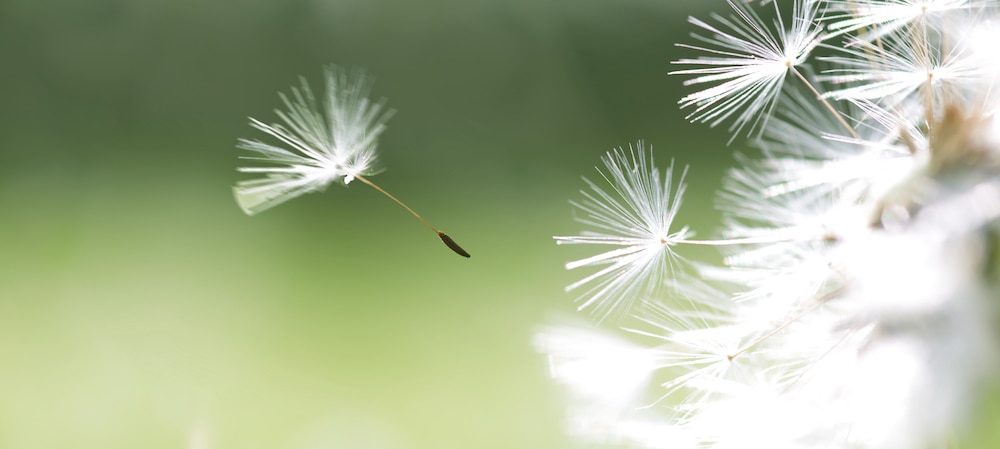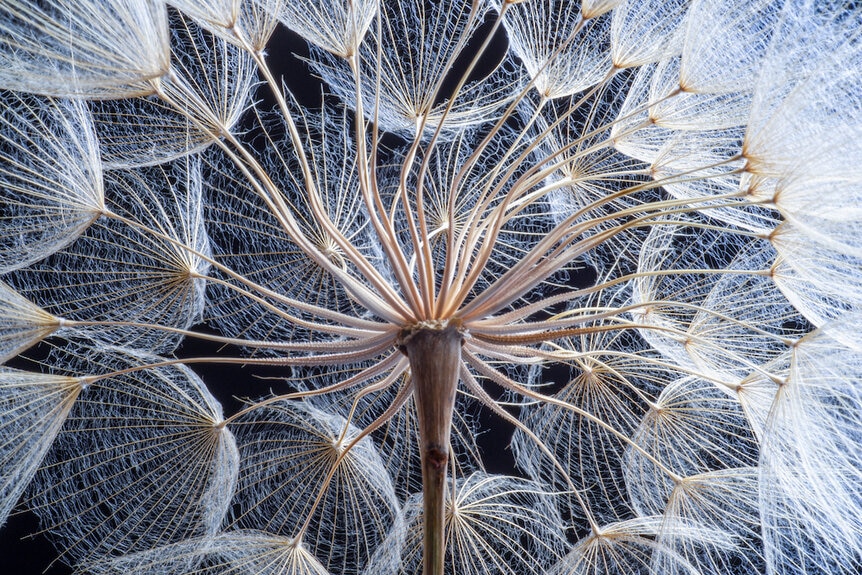Create a free profile to get unlimited access to exclusive videos, sweepstakes, and more!
Dandelion seeds are smarter than you think, and they’re inspiring robotics
Who knew that flowers make decisions?

In the animated film adaptation of Watership Down, a group of rabbits, including one named Dandelion, makes a daring escape from their warren after one of their number has an apocalyptic vision. Others in the warren don’t want to leave, and the tension rises as individuals decide whether they should stay where they are or leave in search of someplace better.
That same question is one which seeding plants, including dandelions, have to consider every year when it’s time for the next generation to leave home. Dandelions are among the first flowering plants you’re likely to see popping up in your yard during spring, and once they arrive, they spread quickly. While they’re often considered weeds, they’re actually important for early pollinators, grow deep taproots to help open up soil, and are much smarter than you might think. Dandelions are so successful at multiplying in your yard and across open spaces because of the way they spread their seeds, and now we have a better understanding of how that happens.
Dr. Madeleine Seale from the School of Biological Sciences at the University of Edinburgh, and colleagues, set out to crack the code of how and when dandelions decide to spread their seeds and when it’s better to hold onto them. Their findings were published in the journal Nature Communications.
Dandelions tend to hold onto their seeds when the environment is humid and let their seeds fly when it’s dry. That’s likely because dry weather correlates with better winds and a higher probability that seeds will spread widely to parts unknown.
“Humidity and wind are linked. What you find is when it’s very humid, on average there tend to be lower wind speeds. You can kind of imagine a misty day when everything is very still, then the alternative is a dry, warm day when the wind is moving a lot. It’s not particularly favorable for the dandelion seed to detach and take off when the moisture level is high because it’s likely to be lower wind speed,” Seale told SYFY WIRE.
Precisely how dandelions pull off this real-time decision based on changing environmental factors was not well understood, especially considering that by the time the seeds are ready to let fly, the flower itself is dead. To gain better insight into what was happening, scientists placed dandelions in an airtight box outfitted with microscopic cameras and a humidifier. They modified the moisture level in the artificial environment and watched what happened.
They found that the center of each individual seed, an area called the pappas where the bristly white parachute hairs attach, are layered with tissues that absorb water and swell. The patterning of the tissues allows it to swell in a particular direction and change the shape of the hairs’ composition opening or closing depending on the moisture level in the air.
“It’s an entirely structural feature of the pappas that is able to make a particular characteristic shape or motion change when it swells. This makes the hairs of the parachute lift up and down. In biological terms, it’s a passive process and there’s no energy required. It’s more about the chemistry and physics,” Seale said.
Understanding how dandelion seeds sense their environment even after death not only teaches us about how these flowers, and others like them, maximize their ability to reproduce, but it’s also inspiring the future of robotics.
Researchers built a computer model of the dandelion structure to simulate the biological actuators at work inside the flowers. Those models confirmed that differences in water uptake, as a result of the staggered tissue distribution, is capable of moving multiple actuators all at once. Using those processes as inspiration, scientists and engineers can better design the next generation of robots to move multiple appendages or digits simultaneously in response to the environment or through changes internally, without the need for conventional motors.
Let’s just hope those futuristic robots don’t send their fingers flying off into the air to sprout and multiply all over the world. That impressive feat of engineering is better left to flowers.



























